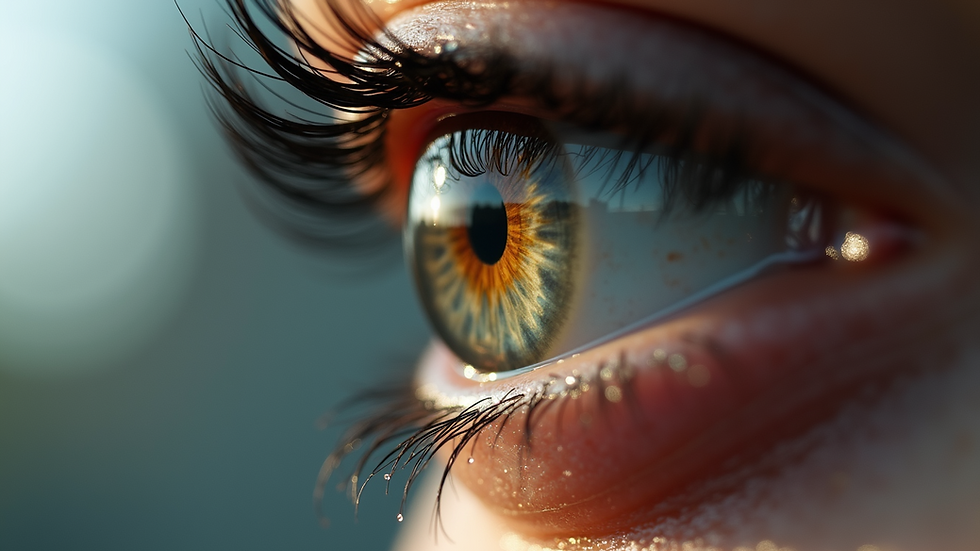Understanding Blepharospasm and Its Treatment
- sohraab yadav
- Nov 25, 2023
- 2 min read

Blepharospasm is a neurological condition characterized by involuntary, repetitive contractions of the muscles around the eyes, leading to uncontrollable blinking and spasms. This condition can significantly impact a person's quality of life, affecting their vision, daily activities, and overall well-being.
Symptoms and Diagnosis
The hallmark symptom of blepharospasm is excessive blinking or eye closure, often accompanied by photophobia (sensitivity to light) and eye irritation. In severe cases, these spasms can interfere with a person's ability to keep their eyes open, hindering their vision. The exact cause of blepharospasm is not fully understood, but it is believed to involve a malfunction in the basal ganglia, a part of the brain that helps control movement.
Diagnosing blepharospasm involves a thorough examination by a neurologist or an ophthalmologist. There are no specific tests to diagnose this condition, and the diagnosis is primarily based on the patient's medical history and clinical symptoms.
Treatment Options
While there is no cure for blepharospasm, various treatment options aim to manage and alleviate its symptoms. The most common approaches include:
Botulinum Toxin Injections (Botox): This is the primary and most effective treatment for blepharospasm. Botulinum toxin, commonly known as Botox, is injected into specific muscles around the eyes to temporarily paralyze them, reducing spasms. The effects typically last for a few months, and repeated injections are necessary to maintain relief.
Medications: Oral medications such as anticholinergics or muscle relaxants may be prescribed to help manage symptoms. However, their effectiveness can vary, and they often come with side effects.
Surgery: In severe cases where other treatments are ineffective, surgical interventions may be considered. This can involve removing some of the muscles responsible for the spasms or repositioning the eyelids.
Physical Therapy: Certain exercises and massage techniques may be recommended to help relax the eye muscles and improve control.
Living with Blepharospasm
Blepharospasm can be challenging to live with, but many individuals find ways to cope and maintain a good quality of life. Strategies include wearing sunglasses to reduce sensitivity to light, managing stress through relaxation techniques, and seeking support from healthcare professionals and support groups.
Conclusion
Blepharospasm is a neurological disorder that can significantly impact a person's daily life. While there is no cure, various treatment options exist to manage symptoms effectively. Botox injections remain a key therapeutic approach, providing relief for many individuals. As research continues, it is hoped that further insights into the underlying causes of blepharospasm will lead to even more effective treatments in the future.




Comments